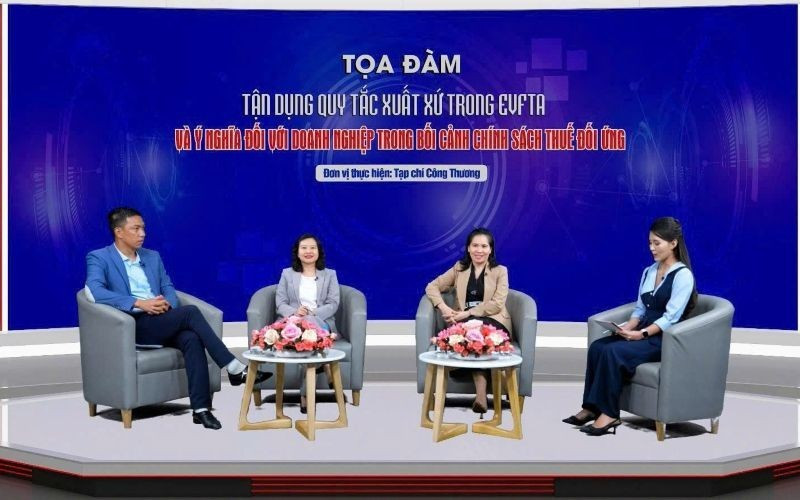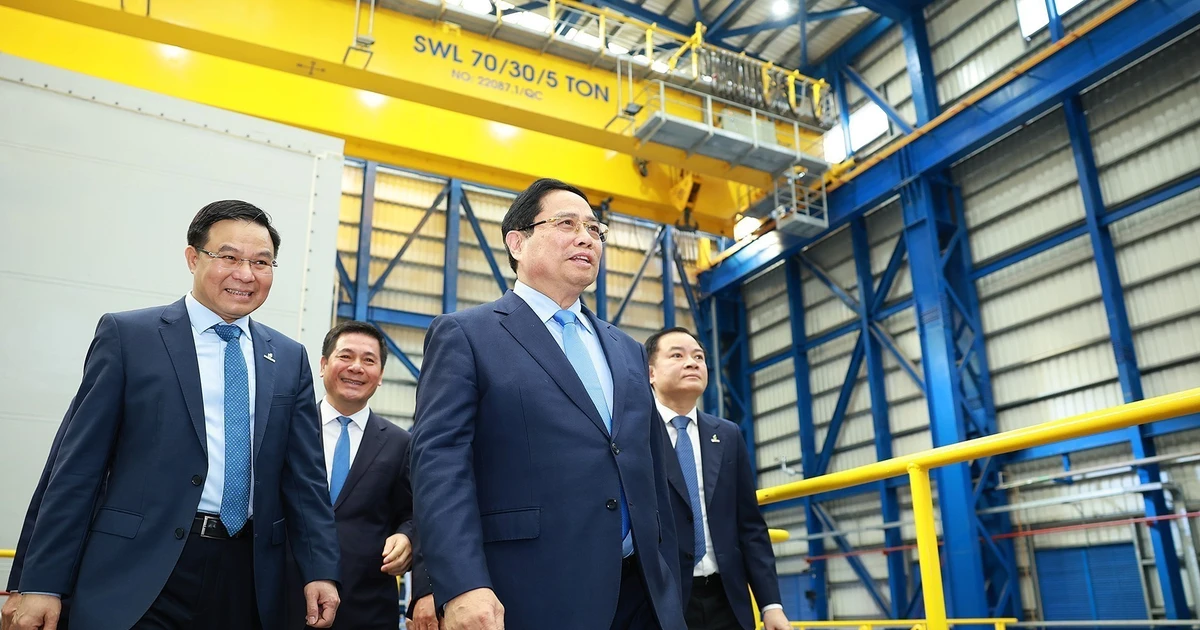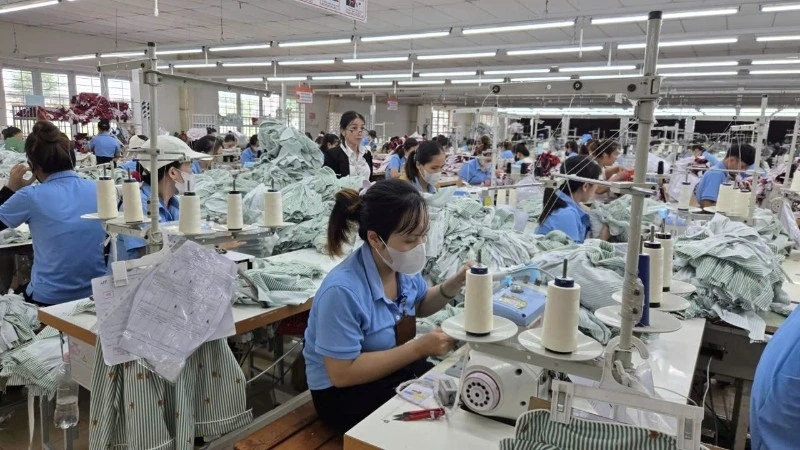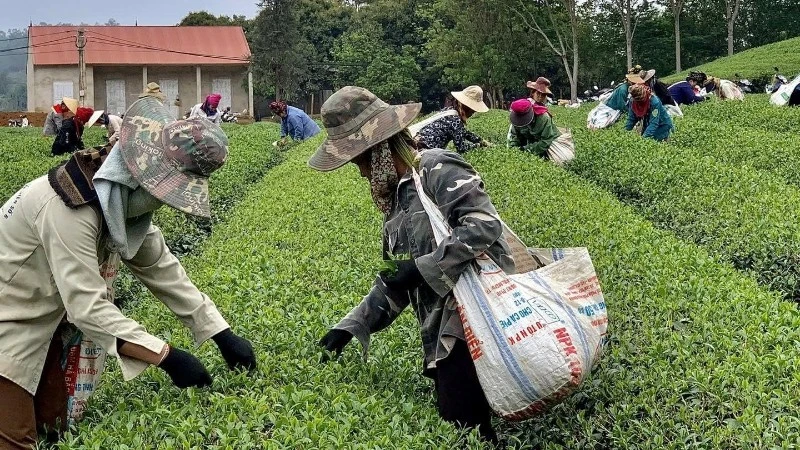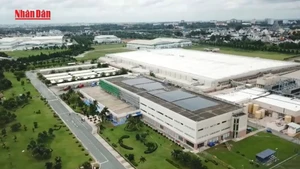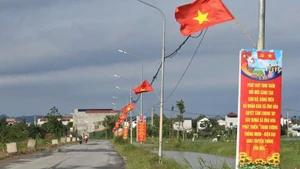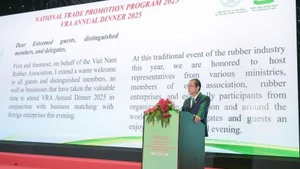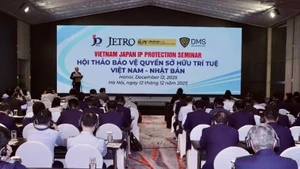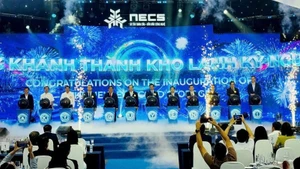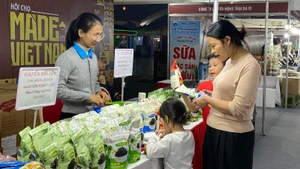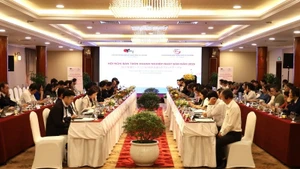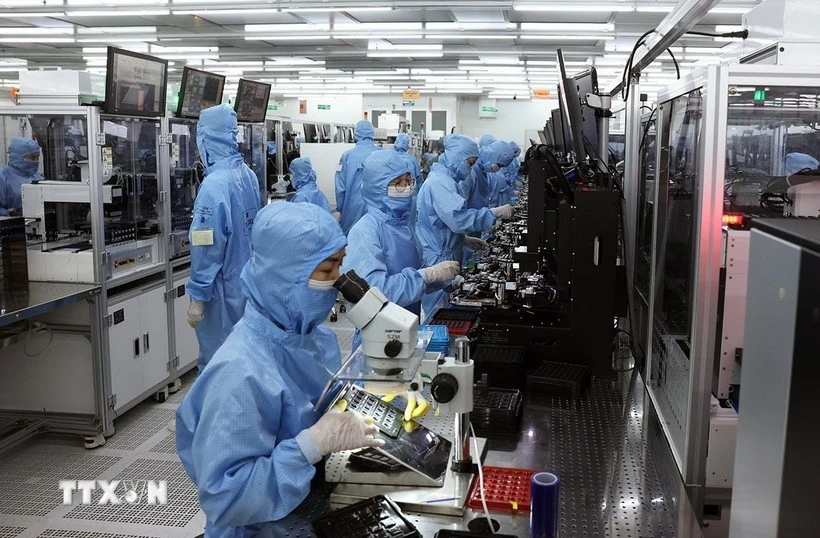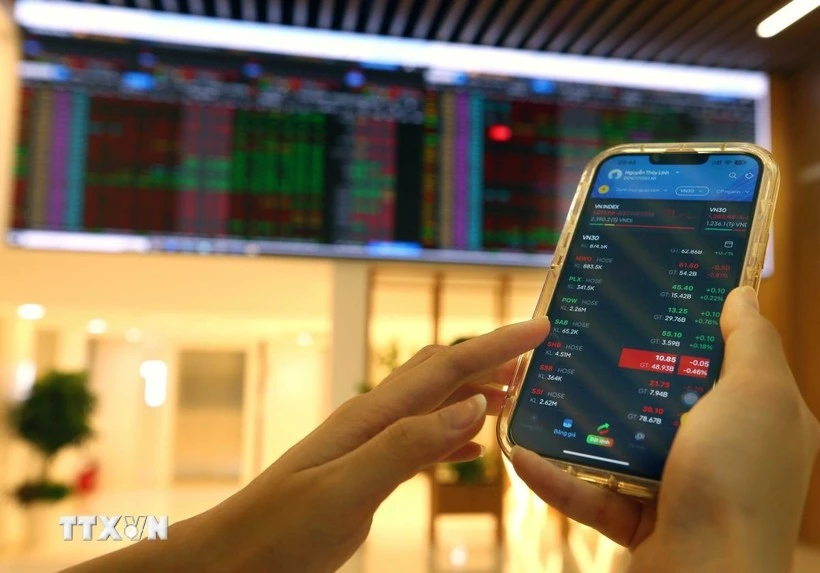That was the main content shared at the seminar on taking advantage of rules of origin in EVFTA and their significance for businesses in the context of reciprocal tax policies, organised by Industry and Trade Magazine on October 9.
According to Trinh Thu Hien, Deputy Director of the Import-Export Department under the Ministry of Industry and Trade, since the EVFTA took effect, Viet Nam’s export revenue to the EU has increased from 17.9 billion USD in 2020 to 51.72 billion USD in 2024. The rate of granting preferential certificates of origin (C/O) under EVFTA has also increased sharply, from 14.8% in the first year to 35.1% in 2024 — a step forward demonstrating the initiative of businesses in taking advantage of tariff incentives.
From a business perspective, Phan Thi Thanh Xuan, Vice President and General Secretary of the Viet Nam Leather, Footwear and Handbag Association (LEFASO), also said that the EU market currently accounts for 24-26% of the industry’s total export turnover. Thanks to EVFTA, sports shoes — a key product of Viet Nam — enjoy a 0% tax rate, helping to maintain growth even during the pandemic.
In the seafood sector, Ngo Minh Phuong, CEO of Viet Truong Company Limited, said that thanks to the implementation of EVFTA, the company’s export turnover increased by about 200%, especially in key products with clear origins.
According to Do Ngoc Hung, Viet Nam Trade Counsellor in the US, since April 2025, the US has imposed reciprocal tariffs of 10-50% on more than 180 trading partners, including Viet Nam. The 20% tax rate currently applied to many Vietnamese goods — higher than that of some ASEAN countries, although not yet alarming — requires flexible policy responses.
Hien recommended: “Each business needs to proactively learn about the rules of origin of each market, keep complete records and only use official sources of information to avoid risks. Rules of origin are the link between trade policy and actual production capacity.”
In the context of global trade fluctuations, EVFTA is not only a preferential tax agreement but also a toolkit to help Viet Nam restructure its supply chain, improve production standards and affirm its reputation in the international market. Making the most of this advantage will not only help Vietnamese enterprises effectively respond to the US’ reciprocal tax policy but also affirm their position in the global trade network.
